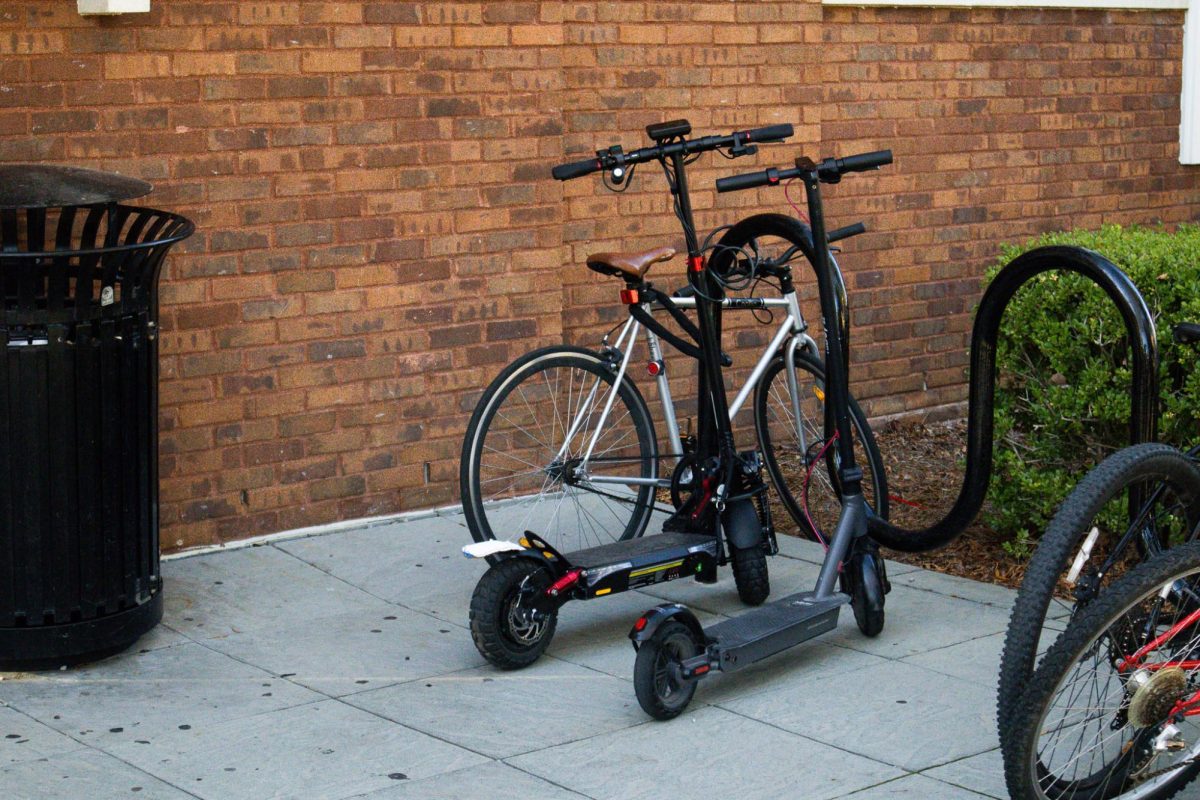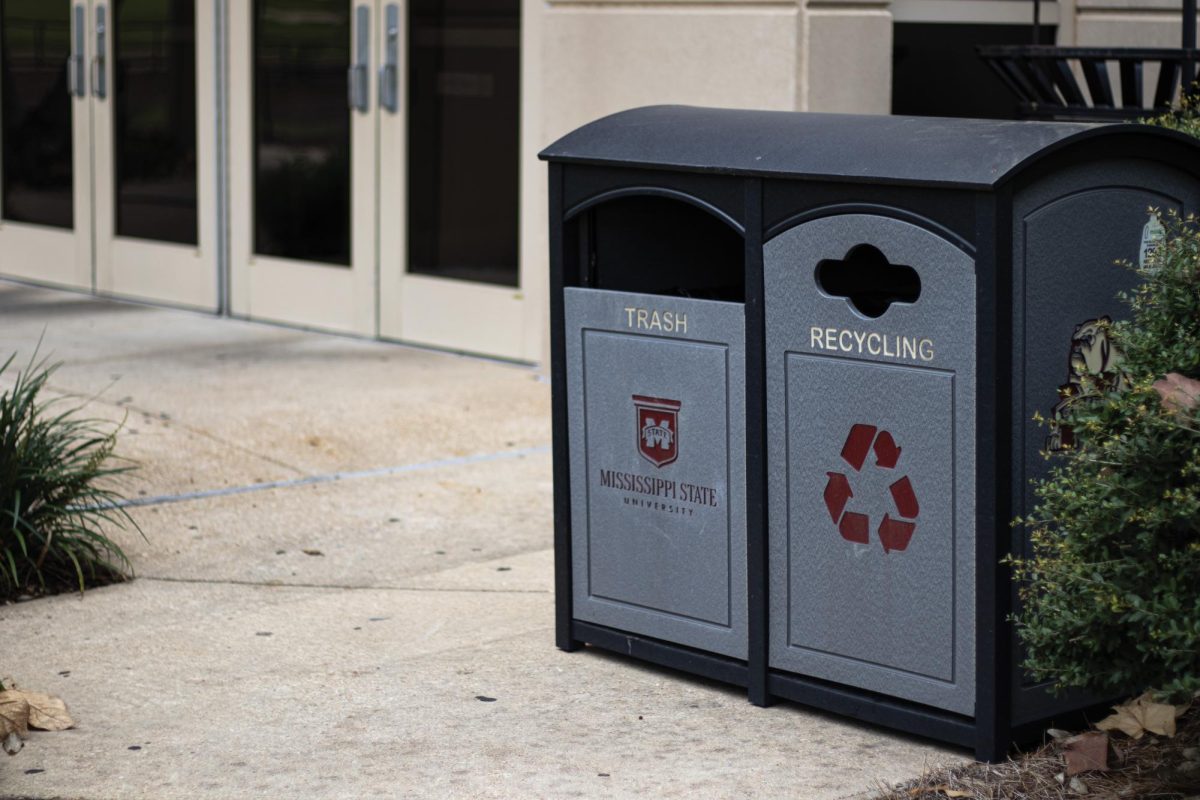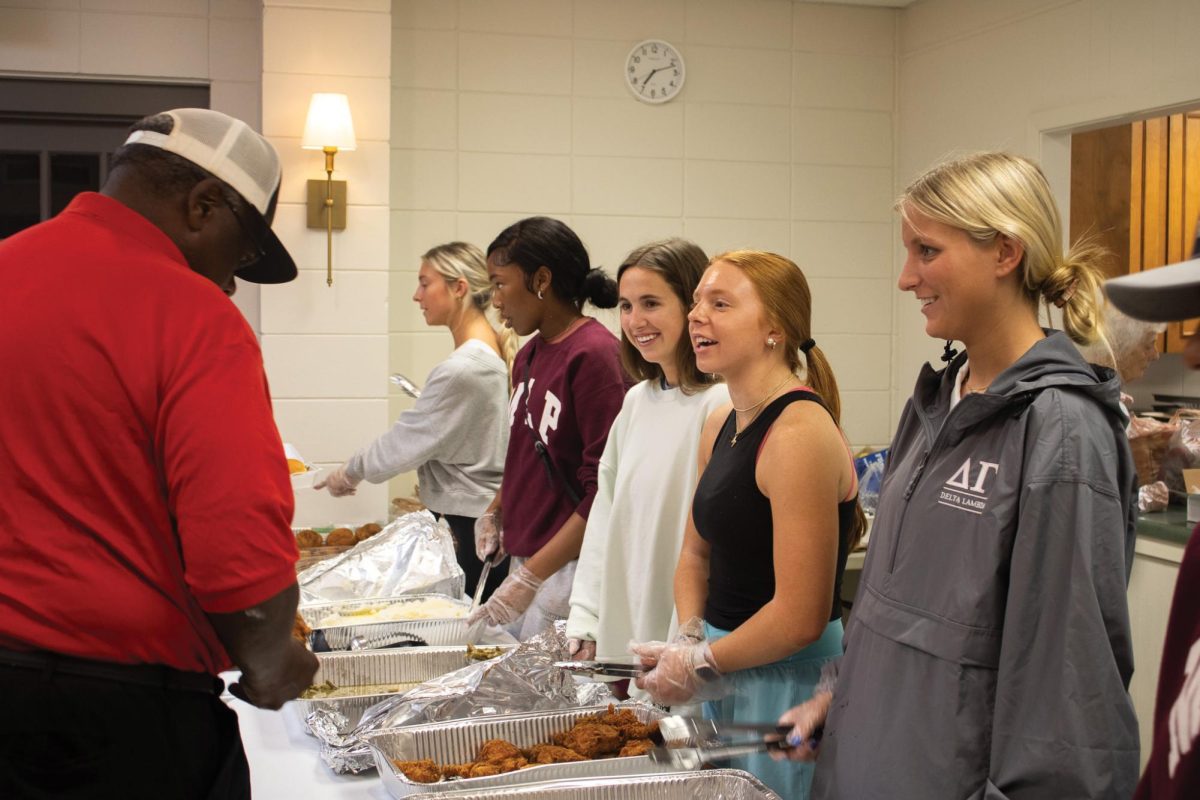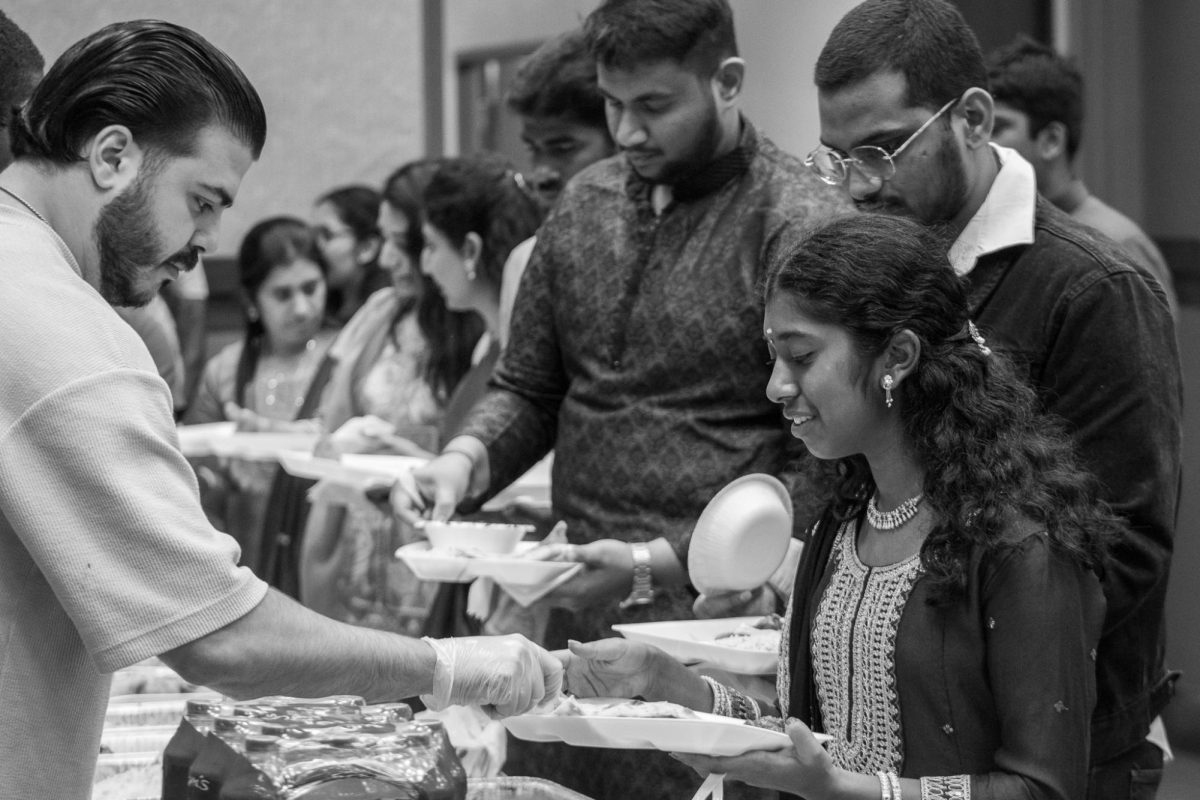The other day, a friend of mine who recently converted to vegetarianism asked me to come up with some vegetarian recipes, because as we all know, they are not very easy to come by these days unless eating a cold salad every meal sounds appetizing to you.
This request for vegetarian dishes got me thinking. Why aren’t there more vegetarian-friendly meals out there, and why aren’t they popularized like so many classic meat dishes? The answer most of you are coming up with is probably the same one that has plagued vegetarian dishes from the start: they’re just not as filling and satisfying as a nice flavorful piece of meat.
That’s why early salads, before they were bombarded with every topping imaginable, were thought of as diet food, because they weren’t hearty enough for most people and left them feeling empty and starving for a juicy steak. But on the other hand, vegetarian dishes are obviously going to be healthier because they don’t contain the heart-clogging fat and calories of traditional meats like beef, ham and bacon.
But vegetarian dishes don’t have to be the cold, lifeless meals they were in the past. For the past few years, vegetarian alternatives to dishes like lasagna, pizza and even burgers have proved that when done right, vegetable dishes can move from the boring side dish category to the show-stopping main entr‹¨e.
To start, the way in which you cook your vegetables will make all the difference in the world as to how they’ll taste. Anyone who’s had a plain boiled or baked potato and then tried a roasted one can tell the extreme difference. Roasting is by far the best way to cook vegetables, especially the hard winter vegetables in season now like potatoes, carrots, squash, turnips and beets. Roasting these vegetables softens them on the inside while giving them a perfectly seasoned crust on the outside. And during the cold winter months, there’s nothing more satisfying.
But roasting can also be applied to any vegetable from asparagus to tomatoes to bell peppers to red onions, the very best in my opinion. The basic technique is easy. Take whatever vegetables you’re using and cut them into about one-inch cubes. Toss the cut vegetables with a few tablespoons of extra-virgin olive oil and season with salt and freshly-ground black pepper. Arrange the vegetable pieces in a single layer across a wide baking sheet and pop them in a 400-degree oven for about 30 minutes, tossing every 10 minutes to prevent them from sticking and to ensure browning on all sides.
The above recipe is one that I have been making ever since the summer months as a cold salad, but I quickly realized that, with a few tweaks here and there, it could be a hearty winter-time dish that would fit perfectly with my friend’s new vegetarian lifestyle. It can even be modified to satisfy the most meat-dependent eater around by adding in a few chunks of grilled Italian sausage or grilled chicken breast. It’s also very nutritious and low in calories, and leftovers can be stored for days in the refrigerator, which makes it ideal for the college lifestyle.
College Culinary is a food and health article for college students. Send any food or health suggestions or tips to Ben Mims at [email protected].
Categories:
Vegetarian dishes can satisfy
Ben Mims
•
October 26, 2006
0





















































































